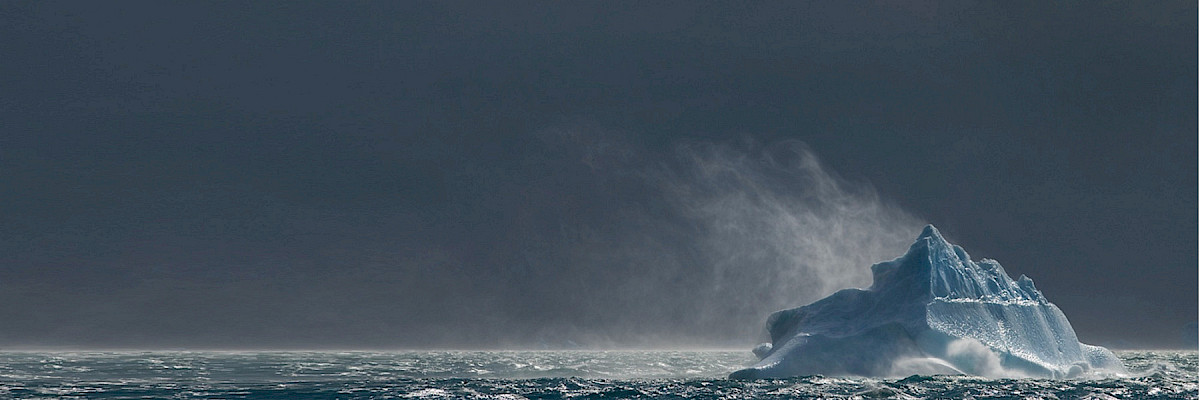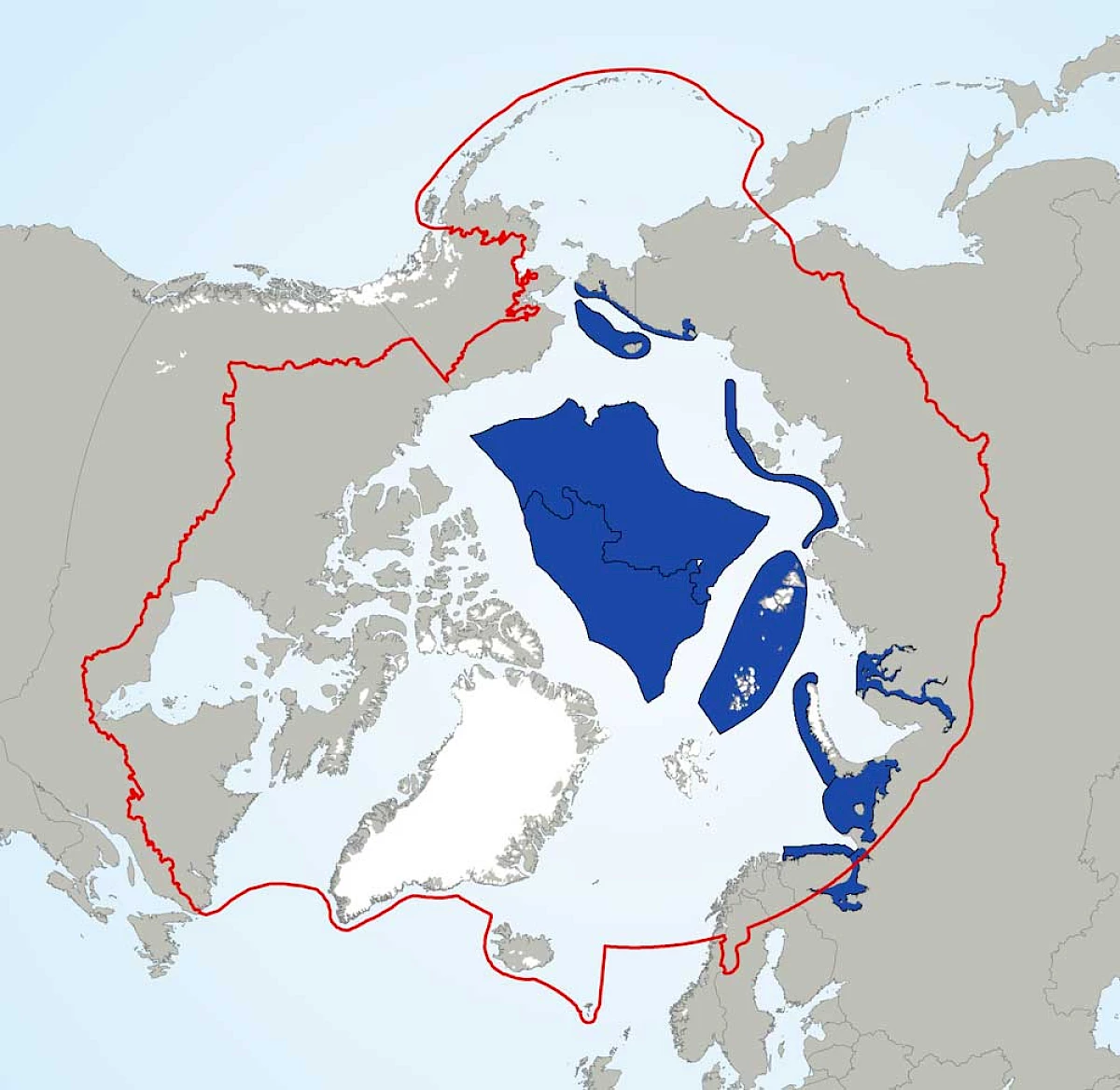
Ecologically or Biologically Significant Areas (EBSAs)
Identifying Ecologically or Biologically Significant Areas in the Arctic.
CAFF has partnered to identify Arctic contributions to a UN Convention of Biological Diversity (CBD)-led process to identify global Ecologically or Biologically Significant Areas (EBSAs).
CAFF provided scientific and technical support to the CBD Arctic Regional Workshop to Facilitate the Description of Ecologically or Biologically Significant Marine Areas (EBSA5), held in March 2014, in Helsinki, Finland. Made possible by support of the Government of Finland, the workshop employed a robust scientific assessment to describe 11 areas meeting EBSA criteria in the Arctic region:
- Coastal Waters of Chukotka
- Wrangel-Gerald Shallows and Ratmanov Gyre
- Great Siberian Polynya
- Ob-Enisei River Mouth
- North-eastern Barents–Kara Sea
- Coast of Western and Northern Novaya Zemlya
- South-eastern Barents Sea (the Pechora Sea)
- White Sea
- Murman Coast and Varanger Fjord
- Multi-year Ice of the Central Arctic Ocean
- The Marginal Ice Zone and the Seasonal Ice-Cover Over the Deep Arctic Ocean

Ecologically or Biologically Significant Areas (EBSAs) are special areas in the ocean that support the healthy functioning of oceans and the many services that oceans provide. They are geographically or oceanographically discrete areas that provide important services to one or more species/populations of an ecosystem or to the ecosystem as a whole, compared to other surrounding areas or areas of similar ecological characteristics, or otherwise meet the following scientific criteria (as identified by the CBD; annex 1, decision 1X/20),
- Uniqueness or Rarity
- Special importance for life history stages of species
- Importance for threatened, endangered or declining species and/or habitats
- Vulnerability, Fragility, Sensitivity, or Slow recovery
- Biological Productivity
- Biological Diversity
- Naturalness

 Arctic Council Working Group
Arctic Council Working Group